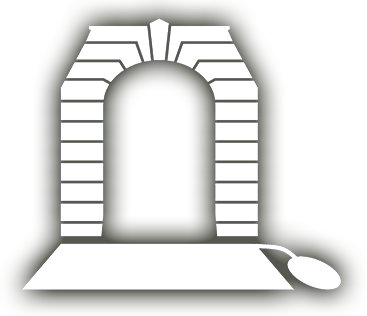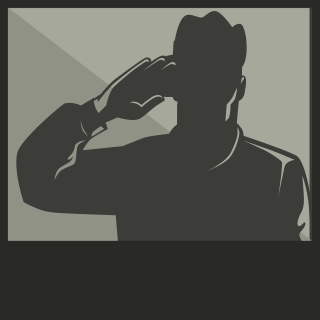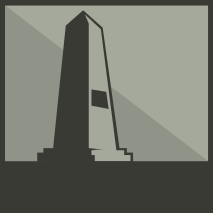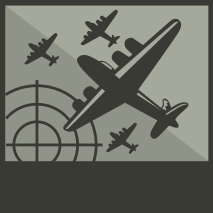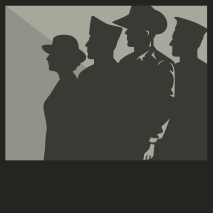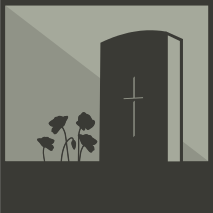WILLIAMS, Samuel Roy
| Service Number: | 2239 |
|---|---|
| Enlisted: | Not yet discovered |
| Last Rank: | Private |
| Last Unit: | 2nd Light Horse Regiment |
| Born: | Not yet discovered |
| Home Town: | Not yet discovered |
| Schooling: | Not yet discovered |
| Occupation: | Not yet discovered |
| Memorials: |
World War 1 Service
| 28 Mar 1916: | Involvement AIF WW1, Private, 2239, 2nd Light Horse Regiment, --- :embarkation_roll: roll_number: '1' embarkation_place: Brisbane embarkation_ship: HMAT Commonwealth embarkation_ship_number: A73 public_note: '' | |
|---|---|---|
| 28 Mar 1916: | Embarked AIF WW1, Private, 2239, 2nd Light Horse Regiment, HMAT Commonwealth, Brisbane |
Help us honour Samuel Roy Williams's service by contributing information, stories, and images so that they can be preserved for future generations.
Add my storyBiography
Samuel Roy Williams 2239
Samuel was born in 1890 to Samuel Williams and Ann Lavercombe in Eltham , New South Wales . Born into a family of 11 children he was the first of two brothers to join the war effort. A blacksmith living at Lismore according to records; he enlisted on the 14 September 1915 into the 2nd. Light Horse Regiment 15th. Reinforcement with the rank of private. The unit embarked the HMAT Commonwealth A73 at Brisbane on 28 March 1915 bound for Egypt arriving in Suez 5th. May.
On arrival he was diagnosed with mumps and spent a month in quarantine before joining his regiment at Romani on the 11th. June. He was detached to the 1st. Field Squadron Engineers in July as a “shoeing smith”. On the 28th. October he was transferred to the Royal Australian Flying Corps 2nd. Squadron. The second squadron of the Australian Flying Corps (AFC) was formed, as 68 (Australian) Squadron, Royal Flying Corps (RFC), at Kantara in Egypt on 20 September 1916. Its initial personnel were drawn from 67 (Australian) Squadron and were soon supplemented by volunteers from the light horse regiments and extra mechanics from Australia. The squadron proceeded to the United Kingdom for training in January 1917, and in September was deployed for operations over the Western Front.
After a trade test in December he was rated as Aircraft Mechanic 2nd. Class and on the 18th. January the following year he embarked the HT Kingstonian at Alexandra bound for England to undergo training. He then proceeded to join the British Expeditionary Forces at the Western Front on the 21st. September 1917 travelling aboard the Southampton.
0n 21 June 1918, 2 Squadron along with 4 Squadron, AFC, and 46 and 103 Squadrons of the RAF, became part of the newly formed 80th Wing. 2 Squadron was active throughout the Allied counter-offensive. It was almost as mobile on the ground as it was in the air, relocating on several occasions to ensure it was best placed to support the Allied advance.
On the 20 October 1918 he went on a tour of leave and upon returning home caught a bout of influenza which required a month in hospital. While in hospital the armistice was signed at Compiegne, France for the cessation of hostilities on the Western Front taking effect from eleven o'clock in the morning on the eleventh day of the eleventh month 1918. He rejoined his unit on 24th. November.
After the Armistice, squadron personnel were involved in evaluating captured German aircraft. The squadron relinquished its own aircraft and returned to the United Kingdom in February 1919.
In February 1919 he went on leave to Paris for four days and again was hospitalised sick before rejoining his unit on 22nd. March.
He returned to Australia on 2nd. June 1919 aboard the Beltana and 2 Squadron finally disbanded with disembarkation of last members in Sydney on 18 June.He w as officially discharged on 4 September that year.
He was awarded the British War Medal, Victory Medal and the 1914/15 Star for his part in the war effort.
Upon returning home he married Nellie Armstrong in 1920 at Lismore and settled down to raise his family.
On the 2nd. May 1967 he passed away at Repentance Creek in New South Wales.

